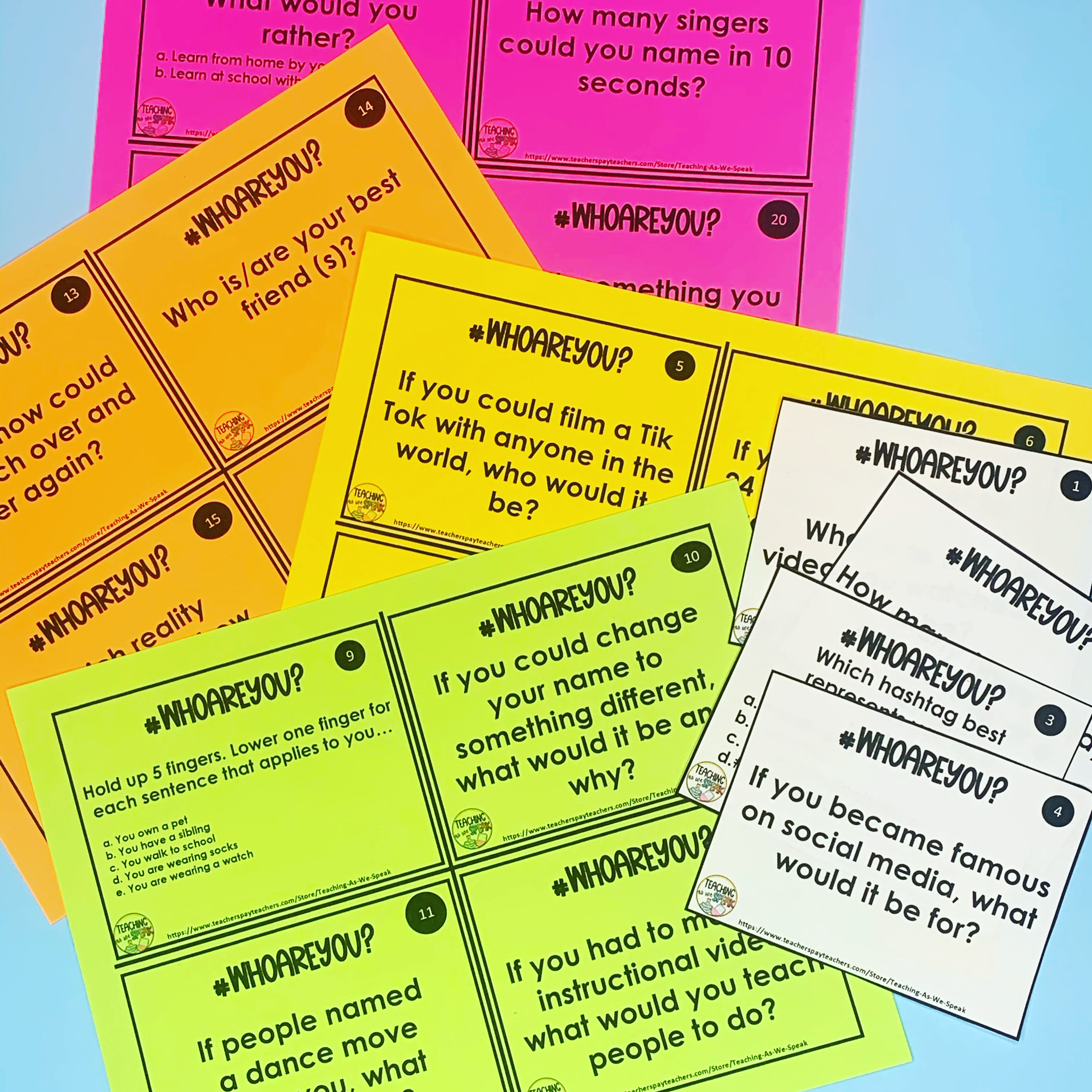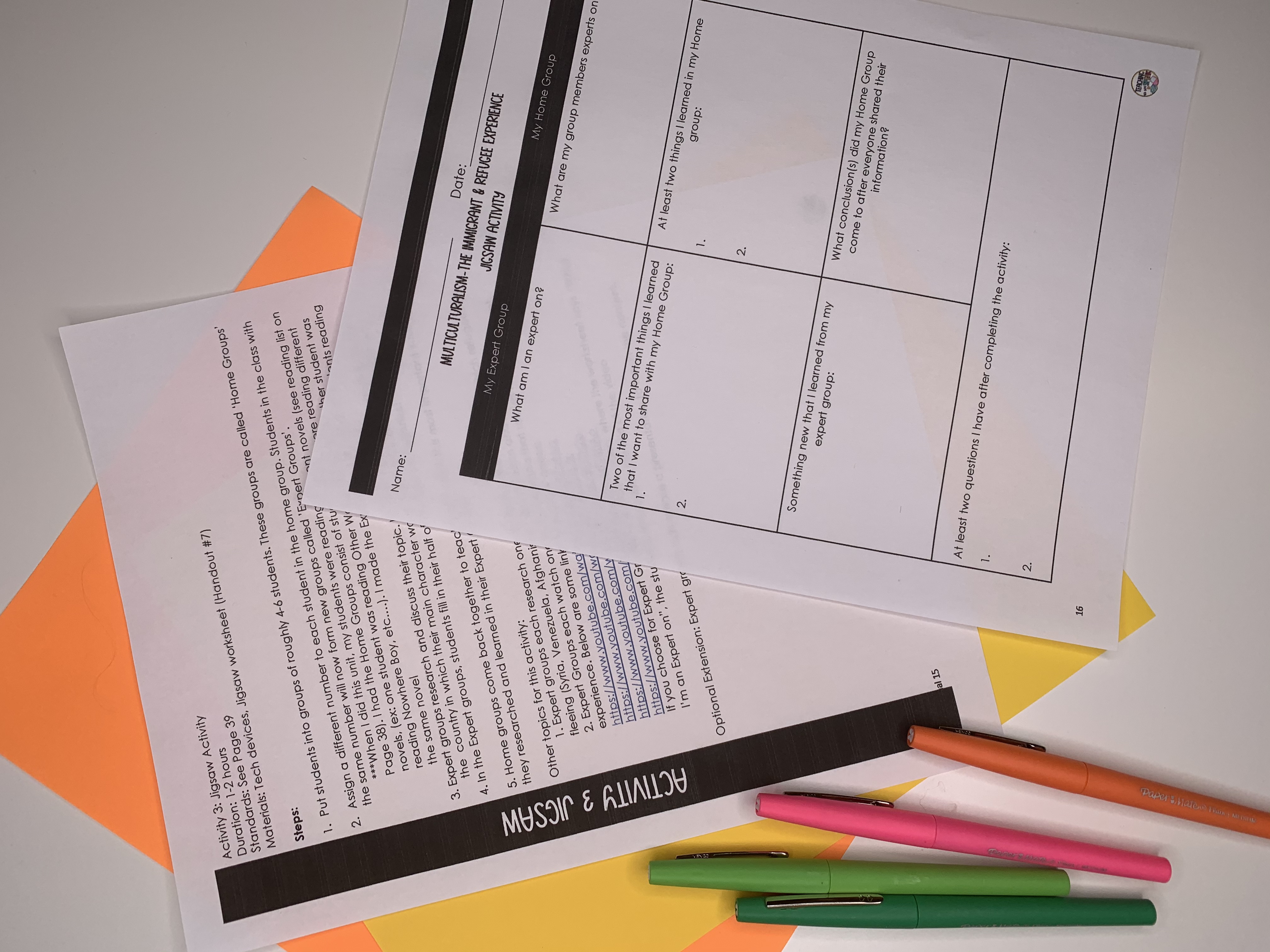Student engagement is one of the hardest, yet most important parts of teaching. Yet, how to teach students in an engaging way is not taught to you. If your students aren’t engaged, these mistakes might be the reason…
#1 You haven’t asked yourself, “what is student engagement, and what does it look like in my classroom?”
Simply put, you don’t know how to measure student engagement. If your students are talking in class, you see that as a win.
The truth is, engagement in the classroom looks different in every class, and may even be different for every student.
Look up ‘student engagement,’ activities online. You will find tons of activities and strategies, claiming to be able to enhance student engagement. But how will you know you’ve attained it?

The keyword being, what does student engagement look like in MY classroom?
You need to be very specific in what you are striving for.
Perhaps you want your students to be so excited about your class that they cheer your name when you walk in the room!
Or maybe, you just need that one kid in the back of the room to look up from their doodles.
You need to be very specific as to what you are aiming to achieve. You also need to know your students and what is realistic. Don’t expect that brooding child in the corner of the room to be jumping for joy anytime soon.
You need to set realistic, but achievable expectations!
A quick way to check if your students are engaged
The first thing you will want to do is take inventory of the overall engagament level of your students.
Ask the following questions:
- Are students working with peers?
- Are students part of an active discussion?
- Do students take the opportunity to make choices about how to approach their work?
- Do students ask questions?
- Are there ways for students to make their learning visible to others?
- Can students move around during the lesson?
- Are students having any fun?
- Do students use technology in ways that force them to seek, find, and synthesize content?
- Are students’ faces bright and attentive?
If all of your students fit the descriptions above, feel free to exit this page and carry on your merry way!
Chances are, however, you envisioned one or several students in your class as you read that list. Not because they apply to these questions, but because they do not.
If you have students that you cannot safely demonstrate any of these actions in your classroom, you need to rethink how you are targeting this (these) student(s) in your classroom engagement strategies.
Are you seeing different enthusiasm levels at recess than you are in the classroom?
If your students seem bored and unmotivated in class, pay attention to what they do outside of class. More specifically, watch what they are doing at recess. Are they the more athletic type? Are they playing alone? Maybe they like are playing in the dirt.
Chances are, this child is showing you what they enjoy doing, you just haven’t been paying attention. Whatever it is they are doing, and who they are doing it with, take note of it.
Good teachers make the effort to get to know their students in the classroom. However most kids only show their true, childlike selves away from the four walls of the classroom.
If you are teaching online at the time you are reading this, invite students to have their breaks over zoom with you. Make a rule that no school talk happens during recess. If you are targeting specific students, make a breakout room with that child and a few others to get more individualized time with them to talk about their interests, hobbies, etc…

Click here to download these discussion starter questions!
When you know your students well enough, you will be able to tell when they are engaged and when they are not.
The next step is figuring out what you are providing in class that isn’t connecting with certain students. The next two faux-pas are two places to start!
#2 You’re attempting to engage students with old resources
Kids today are very visual. They don’t want to be given a book with illustrations that look like they were designed 50 years ago.
I’m all for a good classic novel, but if you are worried about the level of engagement of your students, it may be time to ditch the copies of Charlotte’s Web and opt for some more recent and relevant reading material.
There are so many great novels being written which address issues that are relevant to the times we are living in.
Click here for my post on the Best 21st Century Novels for Upper Elementary Students
Another way to modernize your learning materials in your classroom is by including podcasts.
A podcast is a digital audio file that is available on the internet or through an app. Podcasts are typically available as a series of episodes, ranging in length from a couple of minutes to over an hour.
Podcasts are great to support your students that find reading challenging. Because podcasts are so popular right now, you can find an episode on every topic!
Click Here for My Podcast Response Sheets
#3 You do not have student engagement strategies for class discussions
If you are like me, your idea of an engaging classroom discussion simply involved you asking meaningful questions and your students actively discussing their ideas.
Nope!
Instead, you should be varying your class discussion strategies.

As mentioned in the first section of this post, not all students feel comfortable participating in a whole class discussion. The truth is, I found that when I had these large class discussions, it was always the same few students sharing.
Not only does this defeat the purpose for class discussions, but it can be annoying for the students that don’t get the opportunity to share.
One way I like to get students to participate in discussions is through Jigsaw activities.
Jigsaws not only allows for students to work with multiple people, but they get to research and discuss different angles of a topic.

Click here for my unit plans that include this jigsaw strategy!
Be sure to join my email list for similar weekly content!





6 thoughts on “Are You Guilty of These 3 Student Engagement Faux-Pas? Almost Everyone is Guilty of #3!”